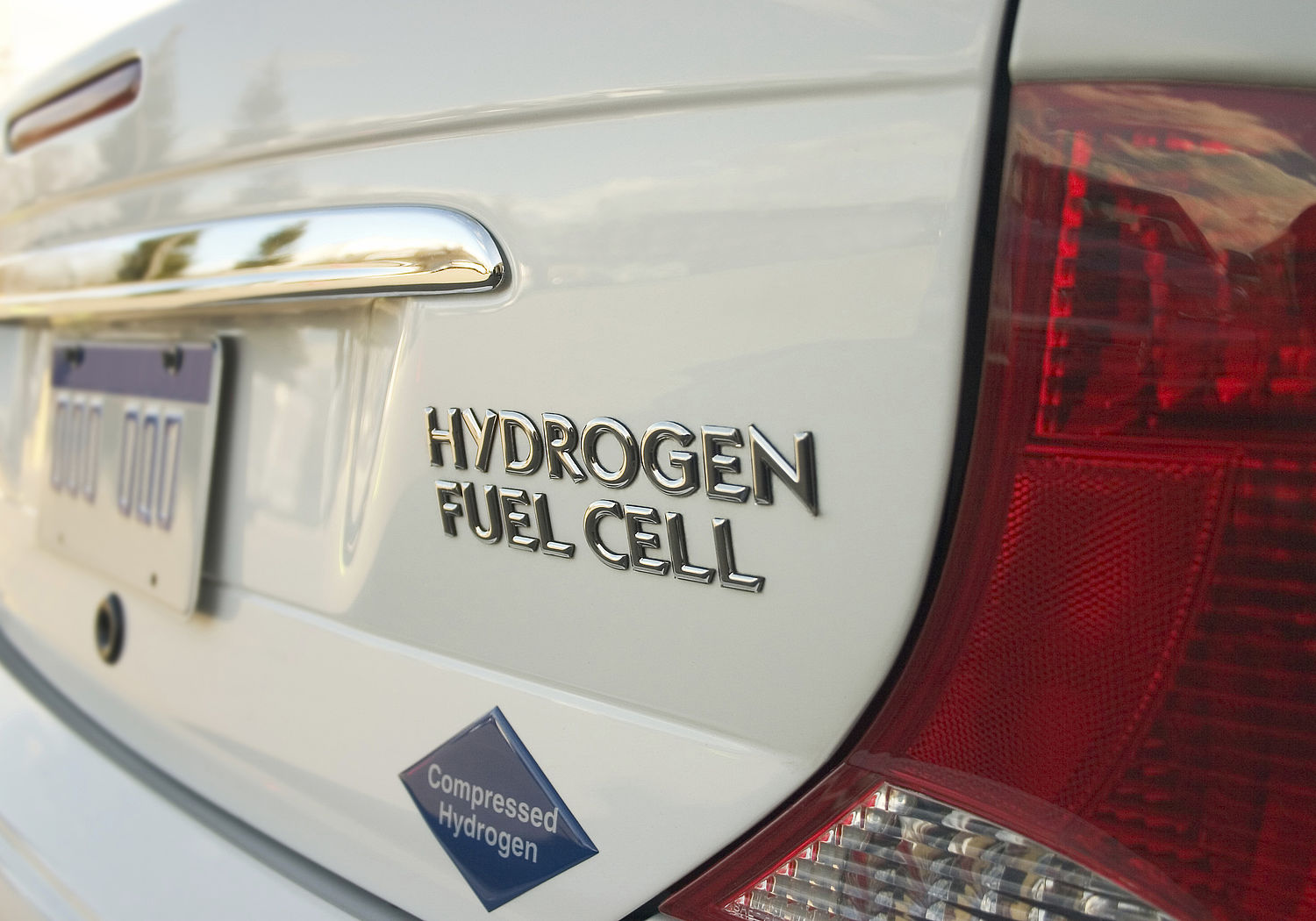Metrology for sustainable hydrogen energy applications
Fuel impurity measurements contributing to standards supporting adoption of hydrogen-powered vehicle infrastructure

Hydrogen has been promoted as a clean fuel alternative, offering improved air quality and reduced noise, and contributing towards climate and energy targets. However, hydrogen fuel cells are susceptible to impurities and can degrade quickly when exposed, even at very low levels.
To support the uptake of hydrogen vehicles, the 2014 EU Directive on Deployment of Alternative Fuels Infrastructure was legislated. It specified that hydrogen refuelling points comply with International Organization for Standardization (ISO) standard ISO 14687-2:2012, which concerns fuel purity for proton exchange membrane (PEM) fuel cells in road vehicles.
However, because the standard was too generic to keep up with developments in fuel cell performance, a revision was needed, alongside validated measurement techniques to meet the standard’s very low detection limits. These techniques also needed to overcome practical issues posed by contaminants being unstable or reactive and by the diversity of hydrogen storage methods in use. Methods were also required for accurately measuring hydrogen mass absorbed by storage tanks.
This project developed validated techniques and measurements to support hydrogen vehicle infrastructure and the implementation of the 2014 directive.
Hydrogen quality specifications were developed, considering the probability of finding impurities for three main hydrogen production processes and risk assessing their potential to damage fuel cells. Outputs fed into ISO 14687 and ISO 19880-8, with the risk assessment contributing to a 2019 revision of the latter. Three impurities – NH3, HCl and C4Cl4F6 – were also tested for impact on long-term PEM fuel cell performance.
Optimised analytical methods for impurity analysis were developed, including for multi-component analysers, contributing to ISO 21087:2019. Traceable measurements for mass absorbed during storage were also developed, with one proposed as an ISO 16111 standard.
The project’s outcomes have improved traceability, reliability and safety for hydrogen fuelling and storage, increasing consumer confidence in the new technology and increasing its uptake as a clean alternative to fossil fuels.
Participating EURAMET NMIs and DIs
CEM (Spain)
LNE (France)
NPL (United Kingdom)
RISE (Sweden)
VSL (Netherlands)
Other Participants
AREVA H2Gen (France)
Commissariat à l'énergie atomique et aux énergies alternatives (France)
Fundacion para el desarrollo de las nuevas tecnologias del Hidrogeno en Aragon (Spain)
L'Air Liquide Société Anonyme pour l'Etude et l'Exploitation des procédés Georges Claude (France)
MAHYTEC SAS (France)
Information
